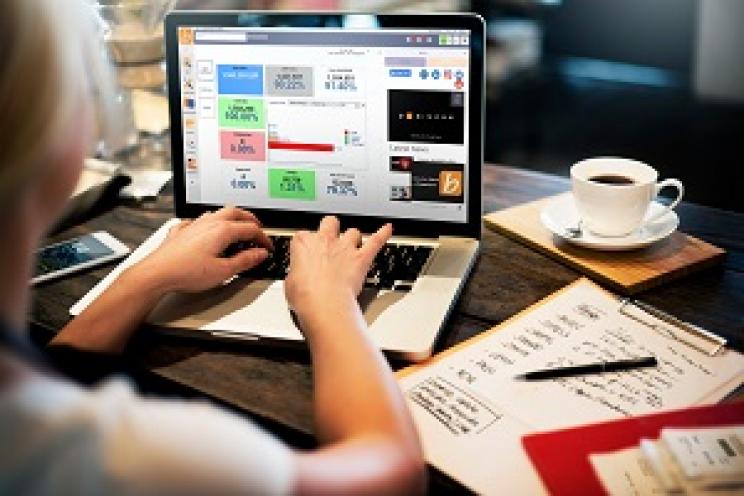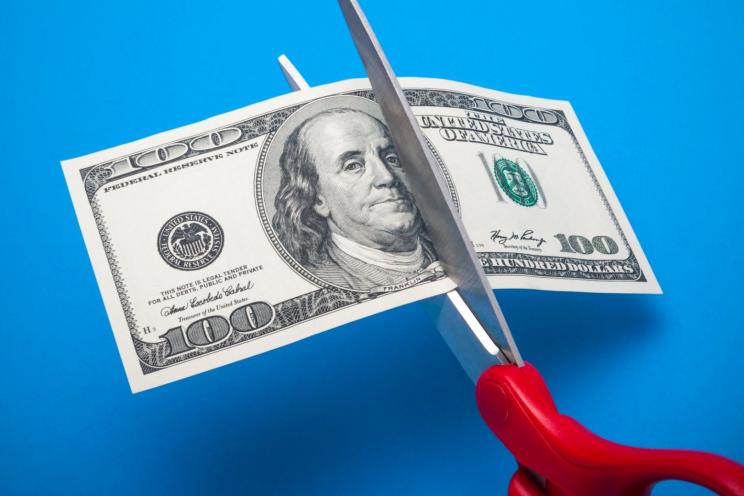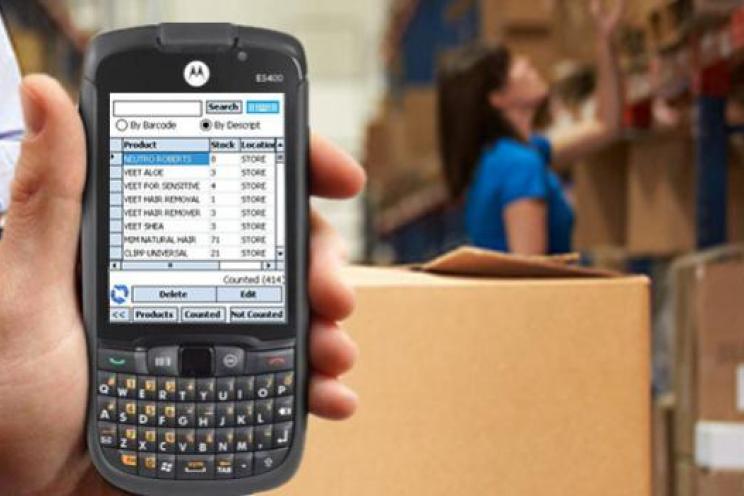
How to use your POS analytics to increase revenues?
You are investing in a pricey POS software that cost you a fortune especially if you own a small business.
And you are wondering about how you can benefit from it in your business to increase revenues.
Well, we can’t get enough saying and repeating that using a reliable POS changes the way you do your business and it certainly increases your revenues in several ways.
A smart POS provides you with different and clear reports about different aspects of your business.
Well these reports come in handy to enhance your performance, detect flaws and specify areas of waste.
POS reporting and analytics facilitate decision making process in regards to the sales and inventory.
But first, what are business reports and analytics?
Michiel Beek explains in her article “What is the Difference Between Business Reporting and Analytics?” that business reporting is the use of quantitative and qualitative data to convert it into information used to manage and monitor business performance while business analytics are the one step further into analyzing and evaluating business strategies and possible opportunities.
In simpler words, it’s the process of using the information found in the reports to enhance your performance.
What reports should you use and what is their returns on your business?
Accounting
No doubt that accounting reports are among the most important reporting tools to look for in any POS.
Accounting reports generated from your POS provide you different reports including payments (revenues), assets, payables and costs.
These reports cover different departments and different branches if you own more than one branch.
Analyzing these reports gives you clear information on departments that generate more profit as well as operations that cost more.
The reports provide clear financial information from different branches displaying reports in a clear manner such as profit and loss or balance sheets.
Having all the financial information in front of you saves you from wasting time on collecting scattered data and guide you into taking corporate decisions affecting the efficiency of your business.
Let’s say reports show you that there are higher than normal expenditures in the grocery department if you own a supermarket or the grocery purchasing if you run a restaurant. You can track the expenditures and you might find out that there is wastage in this department to take appropriate action.
Sales, payments and client information
Sales reports and hence payments give you clear insights on your customers’ purchasing behaviors and patterns. The information can be about when they spend money at your business, how they paid and the frequency of their purchases in addition to the amount of money spent.
Knowing their payment preferences helps you equip yourself better. Let’s say 65% of them prefer paying through a debit card, you need to get more payment processing terminals so you serve them faster.
On the other hand, you need to monitor your loyal customers' visits to know how to retain them.
For instance, you have a customer that purchases from your store or comes at your restaurant once every month.
For 2 months, he stopped visiting you as the sales reports show. You might call them and identify the reason.
It might be related to a bad experience that they didn’t wish to discuss with you or a slow service or many other reasons.
The information that you collect about your customers is also essential. You might find that most of your visitors are men or college students. This helps you figuring out a menu with more options usually preferred by college students and to formulate another strategy to attract women let’s say.
Inventory reports
What a relief to know that we are live in technology age. Imagine having to count your inventory manually.
Tell you what’s even better?
When you have a clear inventory reports generated from your POS.
All what you have to do is think and analyze the information in the reports to act accordingly.
Reports can show theft clearly in addition to waste. You can also track the waste and find out for example that it’s due to expired goods.
This way, you can easily hold your responsible employees accountable for their dereliction.
These reports organize your purchasing behavior and let you adjust decisions related to ordering and keeping a certain amount of supply in your warehouse if any.
Employee's reports
Your POS generates reports about your employees such as working hours, sales made by them, their transactions and costs.
Using these reports helps you identify your best performers, the ones that generate the most sales and the most transactions.
Who was the employee of the month? Who lost the motivation to work? Who doesn’t make any effort for improvement?
Analyzing these reports helps you weigh the cost and the revenues generated from these employees to praise them or to hold them accountable for their bad performance and maybe fire them later.
Reports also give you detailed information on training needed depending on the source of problem.
You might train your employees to upsell or to offer better customer service or to reduce costs.
You have an employee that keeps on getting better and generating more sales?
The reports also show you this so you may take the decision of hiring him to cross sell.
Menu at restaurants
You spent time to come up with a distinguished dish with rich flavours but guess what. Are these dishes profitable?
Are they actually your customers' favorites?
Reports provide you with this information as well. You may find that you need to discontinue this platter and replace it by a more popular one.
You can also monitor the profitability of a certain dish based on its cost and selling price. You might let go of high cost dishes that generate little profit or you might change their ingredients to increase their profit margin.
Reporting and analytics are important for any business. No business will perform without conducting a thorough analysis on its performance in its different operations.
These reports are linked the one to the other so it’s essential to have all of them in your POS.
BIM POS offers a handful of features enabling you to closely monitor your business whether it’s a retail or a restaurant.





